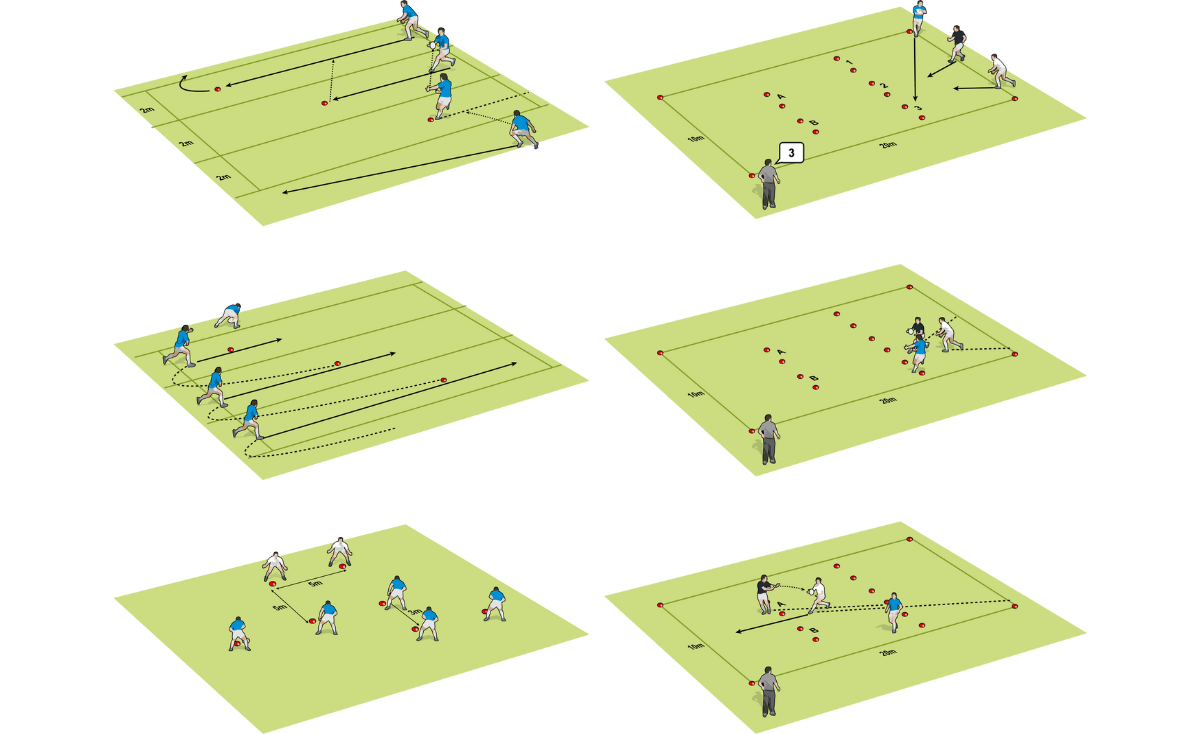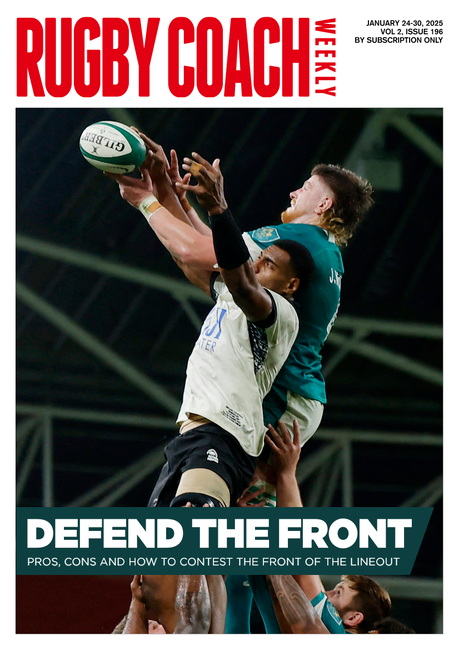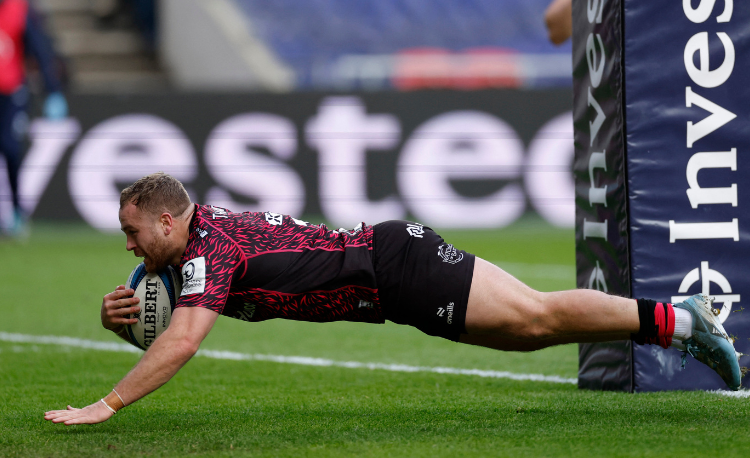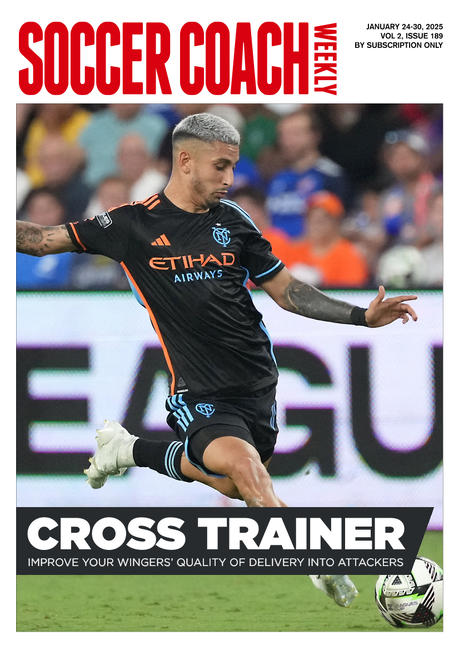Don't make 3v2s simple
RCW editor Dan Cottrell adds more context to two 3v2 practices.
During a match, 3v2s happen more times than you think.
However, each situation can be different, with defenders and attackers arriving from different angles, and starting close or far apart. You need to challenge yourself to replicate these scenarios in training.
One 3v2 activity I use works on the core skills required to execute this attacking play.
The skills are straightforward enough: run straight, attack the defender in their channel, pass hard and accelerate onto the ball.
Here’s how I run this type of session...
Simple skills first
The start of the session is quite disciplined, with players having to run down narrow channels and pass before they reach a certain point.
You can, of course, adjust the distances to challenge the players. Even better, get them to adjust the channels themselves.
There is plenty of activity, with players running through a cyclical drill, meaning they end up where they started.
Be mindful that the players work on the skill, not the drill. Slow things down if necessary. However, give the players time to understand how the drill unfolds.
You might find yourself correcting the drill in the first few minutes – but, after that, it should be all about the skills.
In essence, you are creating good habits. Be tough on better players who let their standards slip.
Training tips
- Encourage your players to self-organise. That means that they realign without prompting.
- You can also encourage them to self-coach. You identify with them the key points you want to work on, and then the players tell each other if they have achieved them or not. For example, you might want them to get themselves running straight. They should praise each other when they do, and note when they don’t. Your intervention might be to nudge them in the right direction should they forget to self-coach.
- In the real-game set-up, it’s a 4v2 in one sense, but you are using the same principles. The first two players must draw the defenders onto them, before releasing the players arriving from behind.
Skills highlight
The first player is key in many ways. They should interest the first defender enough, without putting the second receiver under too much pressure.
My advice to the players is always to run hard and stay square, then pass earlier than you think.
If you are running hard, your momentum will take you on a few more steps before the ball is released. If you are too close to the defensive line, the pass will go ’player-and-ball’ to the next attacker.
Lots of repetitions will allow players to work out the distances that work best for them.
Quick handling wins
This run out, pass in exercise must be one of my favourites for generating good outcomes quickly.
However, the process is not what I expected when I first ran the exercise more than four years ago.
It’s an activity primarily aimed at younger players, trying to get them to change angles, support those angles and pass to support. My idea was to challenge players to come up with passing solutions they might see in a game.
I tried it out with a group of 10-year-olds from a friend’s team. I set up the exercise, got six of them over from their normal training session and ran it through.
Since I hadn’t met them before, I didn’t know what to expect, but they were pretty good from the get-go.
I did this exercise again about a year later with a completely different group and the outcomes were as good.
In both cases, the players came up with the passing solutions. Some efforts were a bit clunky, with a number of players making almost a full turn to pass off their weaker hand.
Yet, when I upped the ante by making it a race, that all changed.
Because the player was running fast in the first place, they just passed the ball to their right – their weak side – without thinking, because they wanted to win.
As always, a bit of game pressure also lead to mistakes. I didn’t dwell on those. I simply got them to reset and go again – lots of goes, lots of mistakes yet increased speed every time.
Instead of producing average performances at low speeds, they were catching the ball and running good angles at high speed, or game speed. Maybe not all the time. But they were certainly concentrating hard on improving to win the next round.
Related Files
Newsletter Sign Up
Coaches Testimonials

Gerald Kearney, Downtown Las Vegas Soccer Club

Paul Butler, Florida, USA

Rick Shields, Springboro, USA

Tony Green, Pierrefonds Titans, Quebec, Canada
Subscribe Today
Be a more effective, more successful rugby coach
In a recent survey 89% of subscribers said Rugby Coach Weekly makes them more confident, 91% said Rugby Coach Weekly makes them a more effective coach and 93% said Rugby Coach Weekly makes them more inspired.
Get Weekly Inspiration
All the latest techniques and approaches
Rugby Coach Weekly offers proven and easy to use rugby drills, coaching sessions, practice plans, small-sided games, warm-ups, training tips and advice.
We've been at the cutting edge of rugby coaching since we launched in 2005, creating resources for the grassroots youth coach, following best practice from around the world and insights from the professional game.










